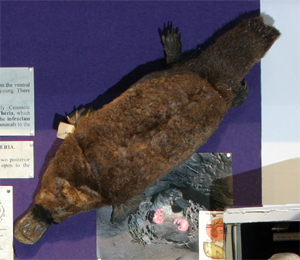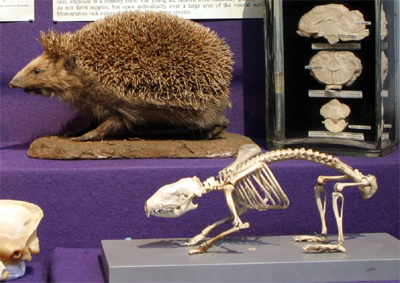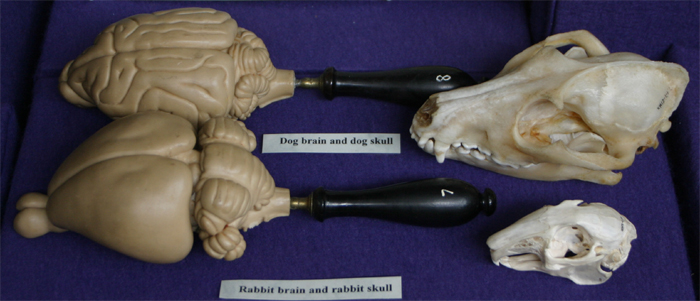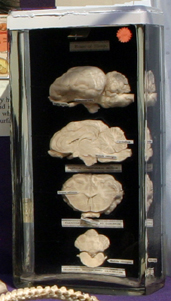

|
 |
CLASS MAMMALIA
Mammals are covered by hair and have mammary glands, under the skin on the ventral side of the body. The females produce milk for suckling the young. All mammals share a unique jaw articulation and their teeth are specialized to fulfill different functions.
The egg-laying monotremes belong to the subclass Prototheria. Modern live-bearing mammals belong to the subclass Theria: marsupials are assigned to the infraclass Metatheria and placental or true mammals to the infraclass Eutheria.
MONOTREMES
The three species of monotremes, like this duck-billed platypus, lay eggs. They have a single posterior opening: the cloaca. The eggs are fertilized internally and laid in a nest, enclosed in a leathery shell. The young are suckled from mammary glands, which do not form nipples, but open individually over a large area of the ventral surface. Monotremes lack external ears. Monotremes are confined to Australasia.
|  |
MARSUPIALS AND PLACENTAL MAMMALS
The 289 species of marsupials and around 4400 species of placental mammals all give birth to live young. Both kinds of mammals have two posterior openings: an anus and one urinogenital aperture. Their mammary glands open to the exterior via fully developed nipples.
|
Marsupials, like this woolly opossum, give birth to very immature young which develop attached to nipples in an abdominal pouch, the 'marsupium'. All are confined to the Americas and Australasia.
|  |
|
The young of placental or 'true' mammals, like the hedgehog, develop to a relatively mature condition within a uterus, attached to the mother by an allantoic placenta. The hedgehog has 'normal' hair to keep it warm but some hairs form defensive spines. The babies' spines only emerge after birth so as not to hurt the mother. The numerous placental mammals are divided among 19 orders. They occur throughout the world: most are terrestrial, some are entirely aquatic. |
 |
MAMMALIAN BRAINS
In mammals, the cerebrum takes over the whole front and middle of the brain - it overgrows the olfactory and optic parts, so emphasising that mammals have complex behaviour, involving intelligence. |
 |
 |
|
In rabbits, the cerebrum has a smooth surface: like the brains of most small mammals.
In more 'advanced' mammals, such as the dog, the cerebrum becomes intricately folded, giving a greater surface area for complicated nerve circuits. This folding reaches its greatest development in the Great Apes and humans, where complex social behaviour requires enormous numbers of nerve connections. In humans, the cerebrum is the seat of will, perception and learning! |
|












